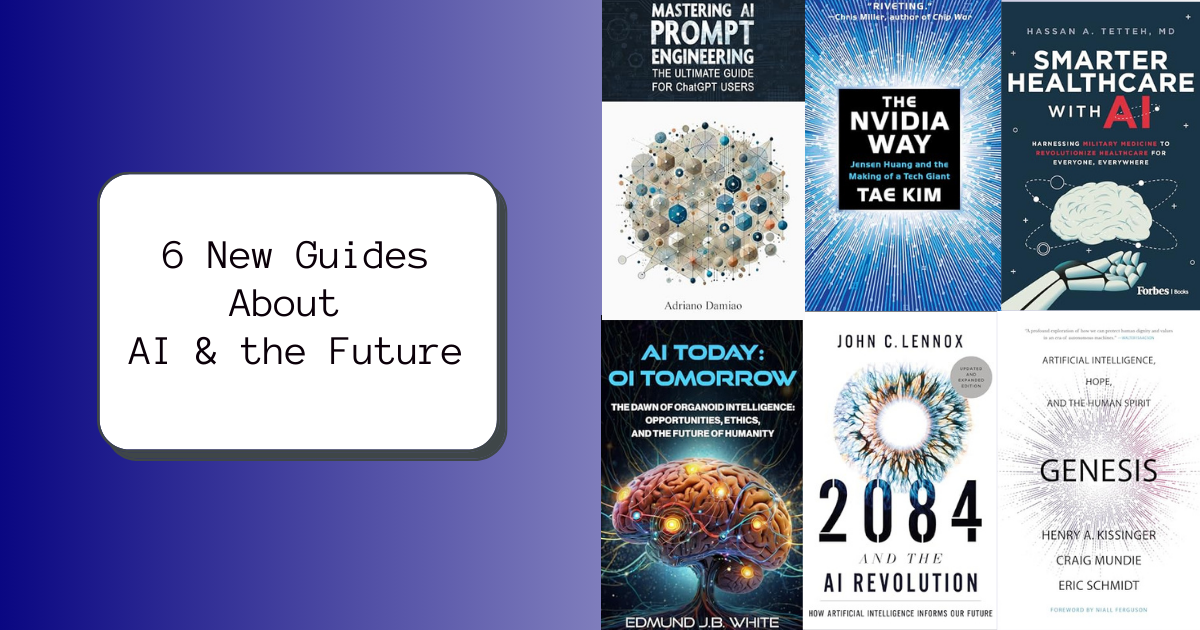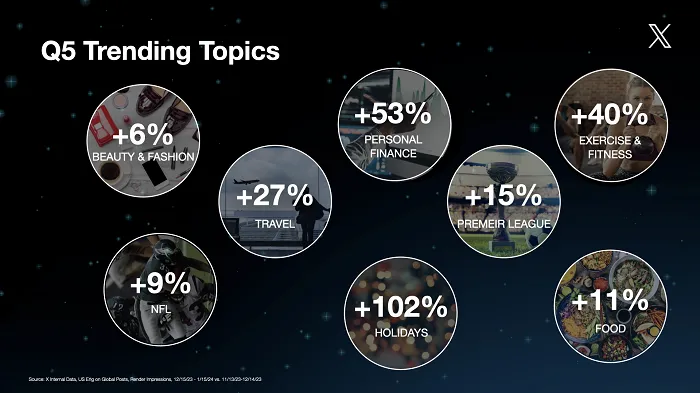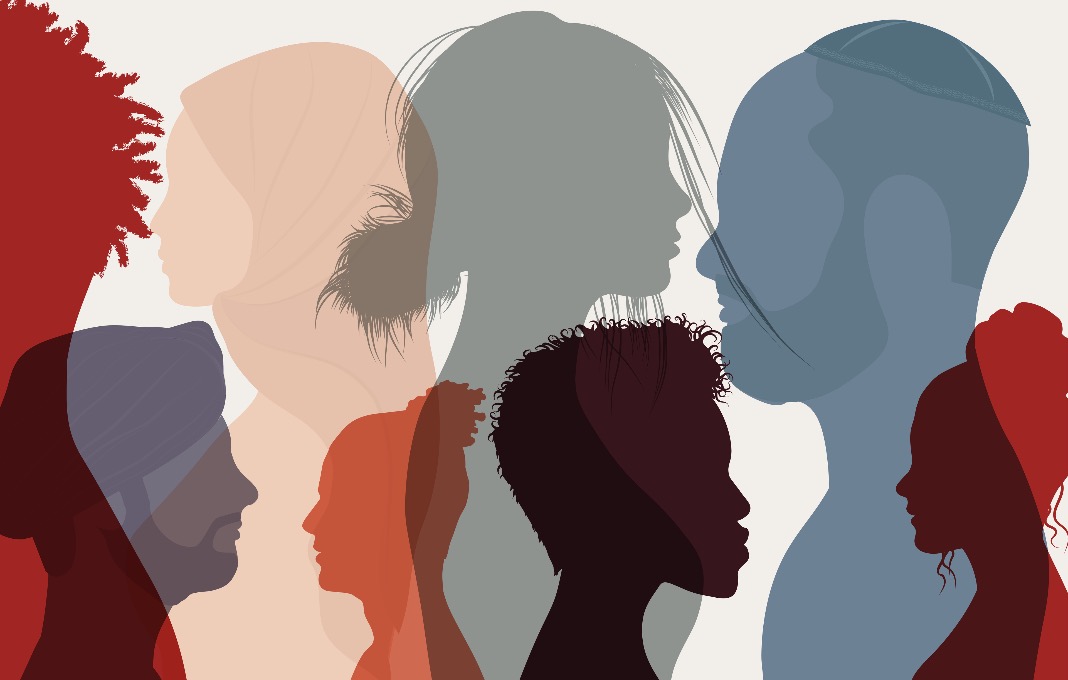For all the debate about DEI—whether some advocates have gone too far and if companies should back away from commitments they’ve made—the value of leadership that understands how to get the most out of its talent will never go out of style. This is particularly true at a time when the workplace is becoming more racially, ethnically and gender diverse.
In my 30 years of working closely with CEOs and corporate C-suite executives, it’s clear that leaders understand the business case for inclusion—even when they know they have more to learn. In particular, I’ve met countless leaders who have good intentions but aren’t sure how to navigate some of the challenges. My advice to them: nurture what I call their “cultural IQ”—by stepping out of their ivory towers and comfort zones.
How can leaders develop their cultural intelligence (CQ)? Work on these three key qualities:
Curiosity
Includers demonstrate curiosity about different cultures. Celebrity chef Anthony Bourdain was a natural when it came to inquiring about and engaging other cultures. One of the reasons so many people loved his show Parts Unknown was because he sat with the people and got to know them culturally. He took viewers to new places—jungles, deserts, rural areas—and brought them fully inside. Because he was open and curious while breaking bread with those who lived in faraway places, those he visited revealed more about themselves and their culture than they otherwise might have.
Leaders can be equally deliberate, starting with their employees. Tom Bartlett, president and CEO of American Tower, a wireless communications company, recognized he needed to make a stronger connection with his global talent base. He did a series of listening tours along with his staff to engage with employees and seek their input or hear concerns. Not only that, he also did an “inclusion audit,” bringing in an independent company to speak to employees about their perception of inclusion at the company and where the gaps were. But he also knows there’s still work to be done and has acknowledged his company still lacks racial and gender diversity on its leadership team and board. Cultural IQ is about recognizing there are gaps—cultural and gender—and making the effort to correct them.
Connection
Includers leverage their own limited experience to make an authentic connection. Leaders with an inclusive lens also use their new knowledge to express sentiments they hadn’t realized before. They recognize and own their own ignorance in an attempt to connect with diverse audiences.
In 2016, then-chairman and CEO of AT&T, Randall L. Stephenson, gave a powerful speech about cultural intelligence at a dinner with the company’s employee resource groups. The dinner took place in the wake of racial violence in Ferguson, Missouri; Charlotte, North Carolina; and Dallas, Texas—the company’s headquarter city—at a time when the company’s workforce was over 40 percent Black, had call centers throughout the South, and was hoping to win approval from the Obama administration to buy Time Warner.
During the dinner, Stephenson shared a story about how one of his best friends had never told him about the racist behavior he had faced throughout his life. He posed the question, “If two very close friends of different races don’t talk openly about this issue that’s tearing our communities apart, how do we expect to find common ground about what is clearly a serious problem?” He went on to explain how he now realizes how much the slogan “All Lives Matter” hurts those concerned with violence against Black people in America.
That speech wasn’t the last time Stephenson leveraged his own previous ignorance to discuss these issues. In the wake of George Floyd’s death, he explained in a CNBC interview that he thought most white people would be surprised by how strongly their Black coworkers in the cubicles next to them felt during the protests. Stephenson demonstrated his CQ by recognizing and legitimizing the pain his Black friends and employees were feeling. Just as important, he explained his own privilege as a white man, and shared his own efforts to seek, understand, act and speak out regularly on the subject.
Emotional Intelligence
Includers use emotional intelligence to fuel cultural intelligence. Cultural intelligence is not a standalone. In a blog post, Western Governors University addressed the intersectionality of emotional and cultural intelligence in great leaders, noting that truly inclusive leaders also must demonstrate emotional intelligence—empathy toward others. In fact, leaders with emotional intelligence often instinctively know they have to create a work environment in which employees feel like they belong.
WGU cited four “EQ” qualities that “CQ” leaders must demonstrate:
• self-awareness — our ability to understand our own emotions, biases and limitations is critical to bridging cultural gaps. Self-awareness also sends a powerful signal to others that we value differences in ethnicity, race, gender, religion and sexual identity and know they can affect power dynamics.
• self-management — being self-aware fuels the ability to recognize and manage one’s emotions, so we don’t make decisions or take actions purely based on how we feel, but rather on the best interest of the whole. When leaders are in tune with and manage their emotions, they understand how their decisions impact not only them (often as men or white people), but also people of different genders and color and with differing experiences and cultural and religious backgrounds. As WGU noted, “When leaders practice self-management, they are in control of a variety of situations they are placed in.”
• social awareness — being in control of one’s own emotions and decision-making gives us the emotional bandwidth to be more in tune with the emotions and feelings of others. The murder of George Floyd marked an emotional watershed for many Black employees, who saw themselves in him or his experience.
A leader who understands how dynamics and actions impact those around us—who has empathy and awareness—has a powerful advantage when it comes to connecting with employees of color, female partners, and others, which often leads to more inclusive and responsive decision-making. A good way for budding Includers to start building social awareness is by reading books like Ibram X. Kendi’s How to Be an Antiracist or Caste by Isabel Wilkerson.
• relationship management —a leader’s ability to understand and manage their own emotions—and recognize the feelings of others within an organization—heightens their ability to thoughtfully resolve conflict and diffuse situations that might be fraught with controversy. Addressing racial and gender differences and cross-cultural conflicts starts with an emotionally intelligent leader who models inclusive behavior—listening and learning—to build and manage trusted relationships.
Building a relationship means making an effort. If in doubt about what to do, look at what others are doing and have done. Discern what is the norm and follow suit. If you make a mistake (and you will) don’t be too hard on yourself. Apologize, and get it right the next time. That will be appreciated too.
Smart leaders have always recognized that diversity is about so much more than race and gender. It’s about bringing new the voices to the table and using an inclusive lens to hire the best talent with the broadest perspectives. And it starts with recognizing that inclusion just might be the secret sauce to economic success.







































































